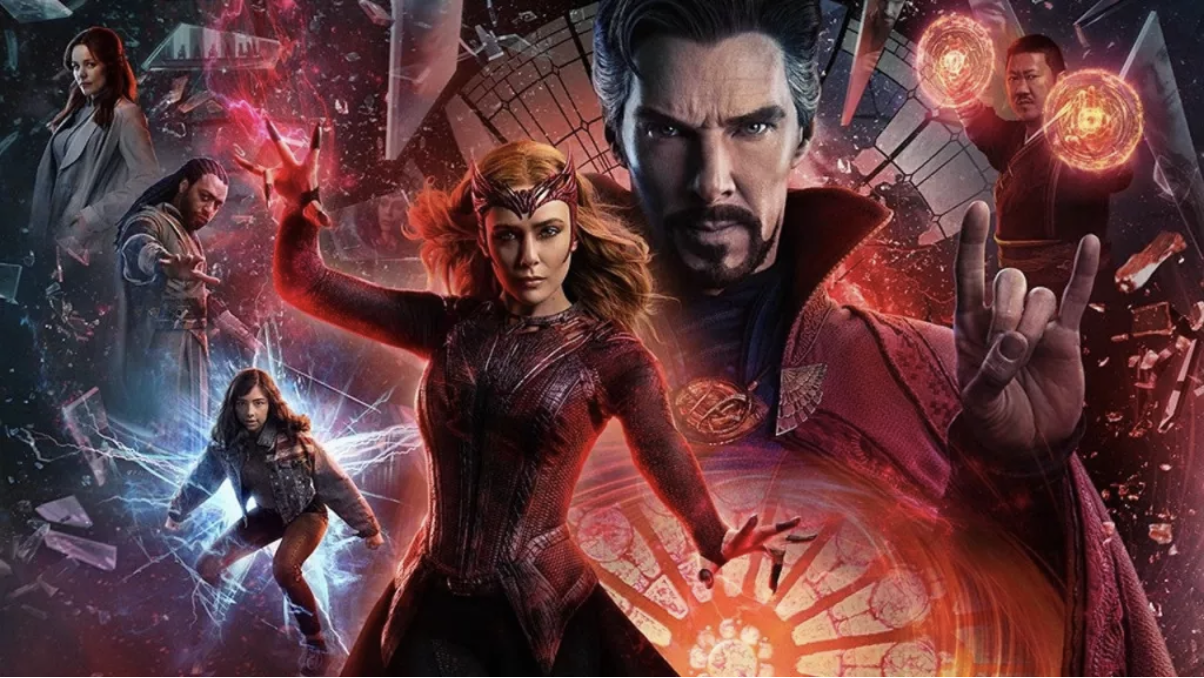Top Gun: Maverick
/Tom Cruise in Top Gun: Maverick.(Scott Garfield/Paramount Pictures)
Decades after originating the role in Tony Scott’s legendary film, Tom Cruise returns to the big screen as Pete Mitchell in “Top Gun: Maverick,” hoping to capture lightning in a bottle once again. If ticket sales and audience reception are any indication, it appears they certainly have. “Top Gun: Maverick” is a monster hit, exceeding expectations laid out by so many late sequels and retreads over the last decades. So what sets “Maverick” apart from so many middling attempts at nostalgia?
For one, Maverick has a keen eye for what worked about the original film. There are real planes filmed doing real stunts, with CGI playing a supportive rather than dominant role. This is Tom Cruise’s modus operandi, preferring real, physical stunts even when they put his own body (and life) in peril. The film also benefits from incorporating other elements of a Mission: Impossible movie—namely, having an impossible mission at its center and a team of heroes attempting to accomplish it.
Another key to its success, which may also be understood as a flaw, is its inoffensiveness. While the movie celebrates military heroism, it does multiple barrel rolls to avoid naming the country where the mission is taking place, preventing any serious reflection on sovereignty and militarism. (Nothing would change about the movie if the base they are targeting was operated by extraterrestrials.) The movie also largely keeps the original's machismo masculinity, doing the bare minimum to introduce one competent female character to the squad. In some ways, this movie feels designed to appeal to our baser instincts as movie watchers: planes go boom, good ol' boys get the job done, America wins against enemies that don't have identities.
To the movie's credit, there is an interpersonal dynamic that raises interesting questions about love and freedom. Mimicking a sort of parental relationship, Maverick has to learn that to love someone means giving them the freedom to make their own choices (even mistakes.) With all its silliness and blockbuster-tendencies, I find it refreshing to see a movie remind us that love is fundamentally non-coercive and non-restrictive, but liberating.




